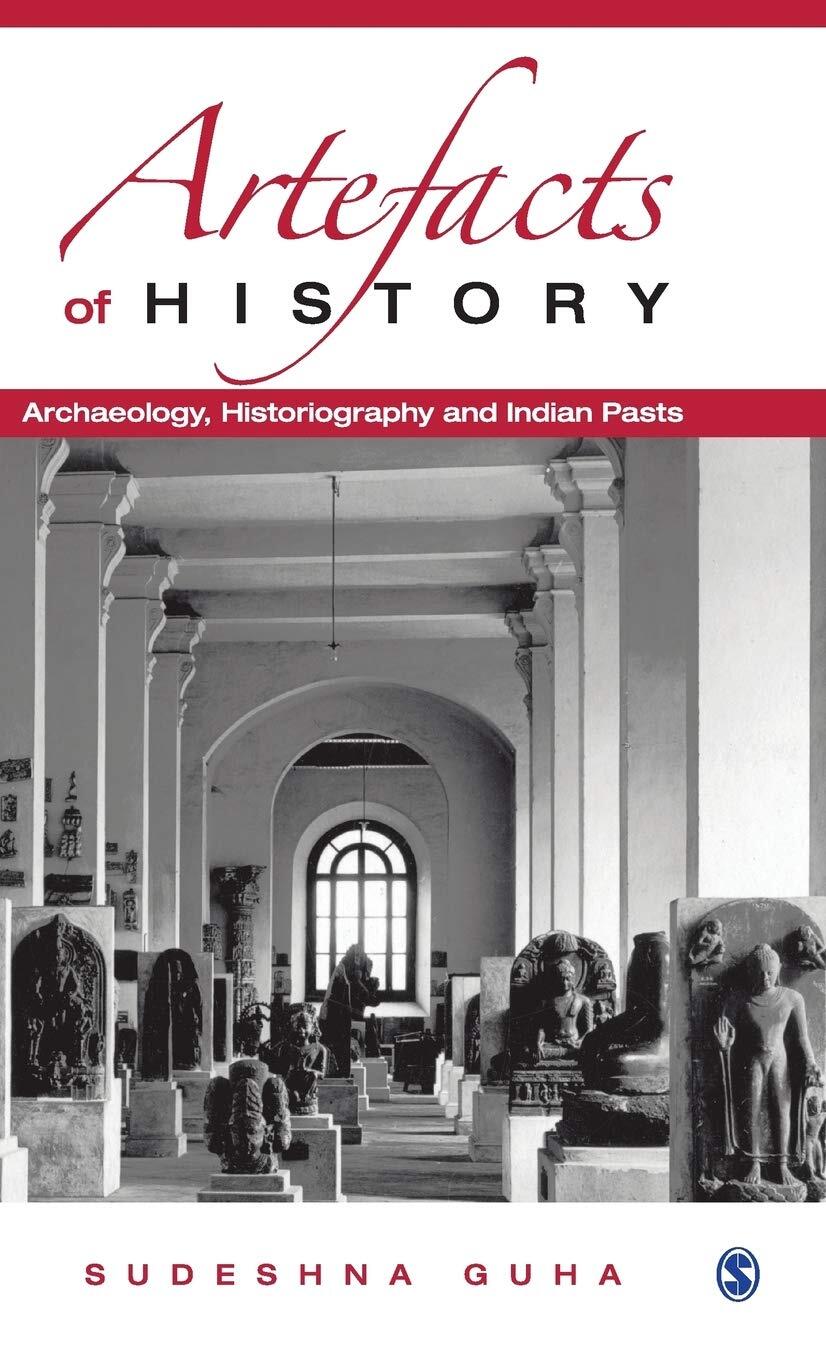An excellent history of archeological inquiry in India, with special focus on the Indus civilization and how perspectives like Gordon Childe's and other outdated ideas helped shape inquiry and debate for a long time. The author, who has also done in in-depth look at John Marshall's career in photographs, writes:
"The longue duree of the archaeological scholarship of the Indus or Harappan Civilisation from the mid-1920s provides ample spaces for comprehensive analyses of the manner in which archaeology has been developed as a professional practice and an academic discipline within South Asia. The histories of the Indus Civilisation present a panoramic view of the shifting theoretical orientations and of the increasing sophistication in the technologies of excavation, data analyses and recording. The various inferences regarding the composition of the societies, polities and economies of this Bronze Age phenomenon provide a sufficient set of data, which would allow us to critique the 'disciplinary history' of the archaeology of South Asia in the twentieth century. Yet, the scholarship of the Indus Civilisation remains largely non-self-reflexive in its neglect in interrogating the manner in which this has established truisms of disciplinary identities and innate civilisational heritage" (pp. 25-26).
Later she puts it even more pointedly – which given how much we really know about parts of the Indus civilisation like language, political structure, gods and ruler, is extremely apt – "Our notions of valid evidence is usually contingent upon what we think things should look like" (p. 156).
SAGE India; First edition (20 May 2015), English 308 pages.
994279372

